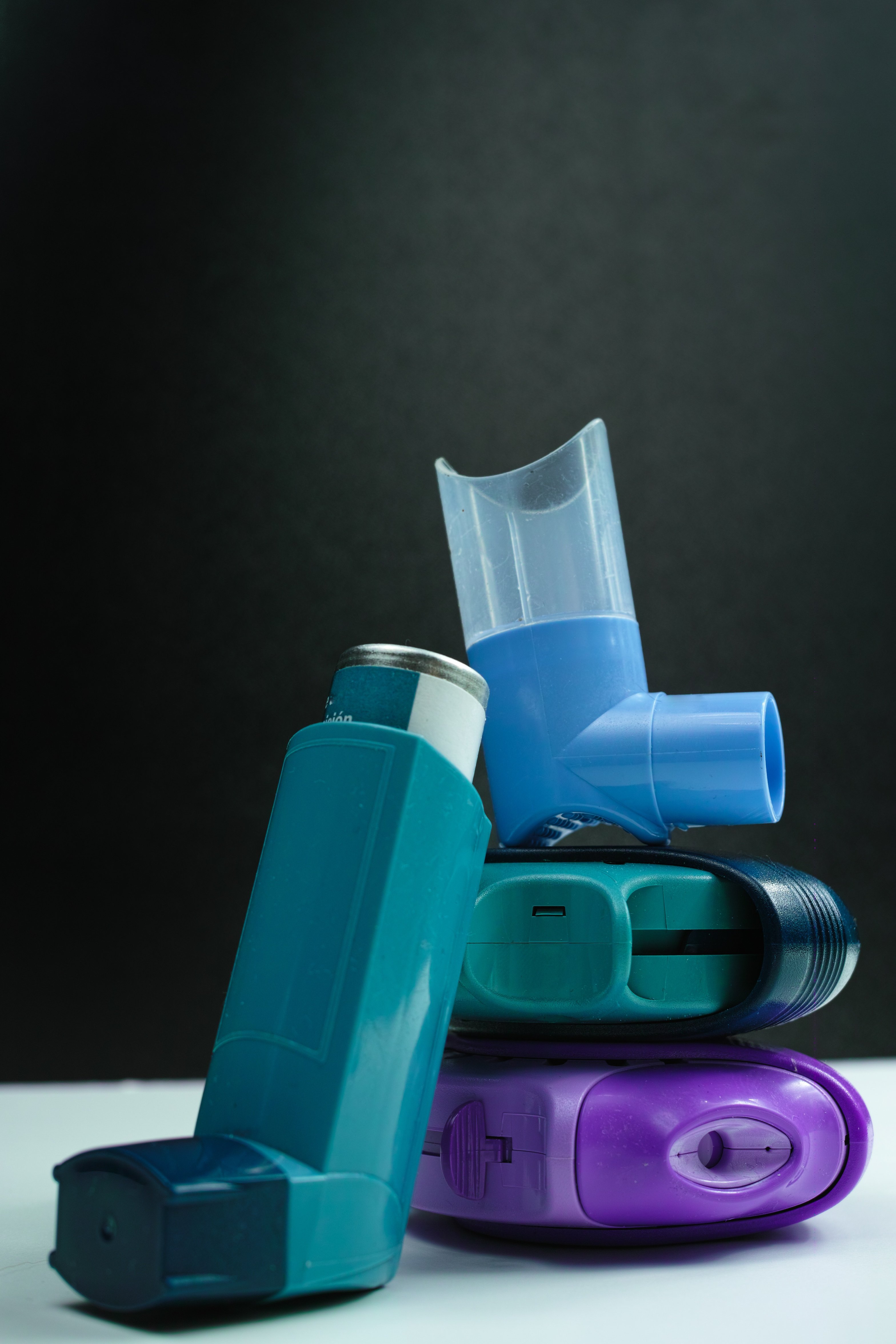
Types of long-term control medications include: These medications keep asthma under control on a day-to-day basis and make it less likely you'll have an asthma attack. Long-term asthma control medications, generally taken daily, are the cornerstone of asthma treatment. In some cases, allergy medications are necessary. Quick-relief inhalers (bronchodilators) quickly open swollen airways that are limiting breathing. Preventive, long-term control medications reduce the swelling (inflammation) in your airways that leads to symptoms. The right medications for you depend on a number of things - your age, symptoms, asthma triggers and what works best to keep your asthma under control. In case of an asthma flare-up, you may need to use a quick-relief inhaler.

Treatment usually involves learning to recognize your triggers, taking steps to avoid triggers and tracking your breathing to make sure your medications are keeping symptoms under control. Prevention and long-term control are key to stopping asthma attacks before they start. Symptoms throughout the day on most days and frequently at night Symptoms once a day and more than one night a week

Symptoms more than twice a week, but no more than once in a single day Mild symptoms up to two days a week and up to two nights a month Asthma severity often changes over time, requiring treatment adjustments.Īsthma is classified into four general categories: Asthma classification Your doctor will also consider the results of your physical exam and diagnostic tests.ĭetermining your asthma severity helps your doctor choose the best treatment. To classify your asthma severity, your doctor will consider how often you have signs and symptoms and how severe they are. In these tests, your doctor measures your airway obstruction before and after you perform vigorous physical activity or take several breaths of cold air.
BREO NOCTURNAL ASTHMA SKIN
Allergy tests can be performed by a skin test or blood test. A chest X-ray can help identify any structural abnormalities or diseases (such as infection) that can cause or aggravate breathing problems. This test may be used even if your initial lung function test is normal. If you react to the methacholine, you likely have asthma. When inhaled, it will cause your airways to narrow slightly. If your lung function improves with use of a bronchodilator, it's likely you have asthma. Lung function tests often are done before and after taking a medication to open your airways called a bronchodilator (brong-koh-DIE-lay-tur), such as albuterol.
BREO NOCTURNAL ASTHMA HOW TO
Your doctor will give you instructions on how to track and deal with low peak flow readings. Lower than usual peak flow readings are a sign that your lungs may not be working as well and that your asthma may be getting worse. A peak flow meter is a simple device that measures how hard you can breathe out. This test estimates the narrowing of your bronchial tubes by checking how much air you can exhale after a deep breath and how fast you can breathe out.


 0 kommentar(er)
0 kommentar(er)
